How to Improve iOS-Android Mobile App Retention
Published On : February 23, 2023 Category(s) : Mobile App Development
Do you know that mobile marketers must place a high priority on retention rate since it is an essential indicator in calculating customer lifetime value (LTV)? The greatest approach to keep users using your app is to provide a positive user experience; but, there are other tactics that can help you improve your iOS/Android app retention, and as a result, raise revenue and strengthen brand loyalty. This article will provide you with different tactics, as well as a few more pointers, to assist you in increasing the percentage of users that continue to use your app. Also check out what is a good retention rate for mobile apps and Is 70% retention rate good?
What exactly is meant by a “retention rate”?
A retention rate is the proportion of users who are still using your app after a certain amount of time; this is often assessed after the first day, the seventh day, and the thirty-day mark. When a user is kept for a longer period of time, there is a greater likelihood that they will contribute to an increase in income. In addition, a high retention rate for mobile applications is a positive indicator of the fact that users are having a pleasant experience with the apps. A poor retention rate can suggest that there is something wrong with your app. For instance, if you discover that an exceptionally high percentage of customers are quitting your app on Day 1, there is probably something wrong with the onboarding process for your app.
Related: Things to Know about Scope of Mobile App Development for Tourism in 2023
Growing Importance of Mobile App Retention
Most mobile experts recognize that in the world of applications, retention is the most important measure today to assess the value of your application to your users. It will allow you to see how many users download your application and use it once, come back as users. This statistic will allow you to see what works and what is not in your offer to engage your users, and refine your application if necessary to retain as many users as possible. This refinement of your application is essential to maximize the retention of your mobile application and, in doing so, increase conversions.
The key to measuring loyalty is understanding how often users return to your app after their first visit over a period of time. The cohort analysis (see the example below) measures the retention of mobile apps and groups of your defined users who started using your app during that time and tells you the percentage of users returning to your app. application.
Bringing them Together
In the context of retaining your users after their first use, you must use a killer integration experience for the user without overwhelming them. Commit them. Connect them to your brand or product. Monitoring every movement of your users within your application is essential to understand the behavior of users and see how they use the application.
Say, you introduce your new downloaders with awesome fresh content in the login process. It’s something they have never seen before. It’s something that keeps them in touch with your app, and by the time they get to the conversion screen to sign up, they can not find a reason for it too much. It’s called showing them value before they sign up. Before you know it, you have an active user who comes every day. Your user base continues to grow.
Let’s take a look at some examples of increasing the retention rate of your application.
Showing Users Only What they Need
Would you like to stay with an app that has tried to overload you with a lot of information? You want to go where you want to go. Quickly.
A key point in integrating new users is to present them with what they need to know, and not to overwhelm them with too much information. A mobile client will quickly abandon overwhelming designs that mimic page-for-page desktop content.
It is quite common to assume that a client will enter as much information on the mobile device as on the desktop. But seizure takes a lot more time on mobile devices, and it’s important to design in that spirit. The reality is that the small screen can be a blessing because it allows you to focus on what is really important.
Featured: Delete Khan Academy Account using Web Browser, Android or iOS App
App Retention Models
Take a look at the image below for the Lyft app, which helps commuters find a ride when they need it. When you open the app, you will find a map that shows your location. The app tells you the number of drivers around your exact location, so it’s easy to see how many drivers are in your area and increases your chances of finding a ride. Finally, to get an elevator, simply press the large CTA (call to action) which is very visible on the lower part of the screen.
Not overwhelming and simple. This is an application that retains users by taking a minimalist approach.
Increasing App Retention More than Onboarding
While monitoring your integration process and refining it as needed is a key aspect of retaining your users, you want to continue this process beyond integration to further refine how your application interacts with your application. Active user base. By understanding the why behind the actions of new and active users, you can learn, refine and create new ways to embed, engage and maintain your high application retention rate.
Application marketers need to focus on increasing retention in their offering to increase lifetime value (LTV).
LTV is about measuring the value of a user over time. Defining it is different for each application, but it must be a quantifiable statistic related to certain actions in your application.
For example, if your app generates revenue, your user’s LTV is the amount your app generated over a period of time. You can offer your users premium content that they will not find anywhere else if they perform certain actions, resulting in increased engagement. Maybe you can give them 3 months free for the features of the premium app.
There are many ways. It’s time to become creative.
Keeping Customers Engaged
Let’s take a look at some examples of tactics to use to increase the retention rate of your application.
Coupon Strategies
Beyond integration, the use of coupon strategies like Walgreens (see the screen below) aims to engage and maintain active users. Users will return to your application when it brings them a constant value. When designing your application from the beginning with this in mind, you will answer the main question of retention: why would a user come back to your application? By providing a coupon, Walgreens also shows its users that they understand their needs and builds and reinforces why they use their app in the first place.
Pushing for Engagement
In the first month after download, when users typically abandon an app, users who opt to receive push notifications have a greater than 25% chance to continue using the app than those who do not. After the first month, users who opt are kept at twice the rate of those who do not receive notifications. In addition, users who opt for the Internet also open these applications at a rate twice as high as those who did not opt for the first month. This engagement percentage increases over time.
Additional Value of Visual Mobile Analytics
You need to know more than the key indicators provided by traditional analyzes. You may know how many downloads have been made, how many drops, but you do not have an overview of the user’s experience and behavior to come to a conclusion.
You miss him where they pinch, sweep, pat.
Visual App Analytics, such as Appsee, includes features to transform your understanding of user behavior into action and allows you to optimize your application in terms of UI, UX, Design, and more. This will result in increased App Retention rate, conversions and integrated monetization application
Let’s take a look at some of the valuable features that mobile app visual analysis adds to the app optimization mix and preserving your retention rate.
Editor’s Choice: 10 Ways AI is Revolutionizing Mobile App Development
User Recordings
User records let you see how users interact with your app by tapping, swiping, and pinching. By seeing the gestures of the users, you can then refine and smooth the points of friction.
For example, say a user goes to a certain screen and starts pressing what he thinks is a CTA button, but it’s really just an image. You see the user stop while thinking about the confusing user interface. You never see this user again, and you realize that this trend is proliferating among your user base.
This trend is your awakening to analyze and refine the problem by implementing a less confusing UI design, re-launching and keeping your users, while offering them a frictionless experience.
Touch Heatmaps
With touch heatmaps, you can see a decomposition of all gestures in a visual report format. Taps, swipes, and pinches are actions that will give you an overview of the user’s behavior. Where do they type the most? Where are they pinched? Where do they interact the most?
Imagine that users click on an icon at the bottom of the screen that takes them to a product page and converts them. You want to replicate this success and place the icon at the bottom of other content screens to see more interactions and conversions. These tactile heatmaps allow you to dive deeply into the user’s behavior and understand the why behind the user’s actions, propose an optimization plan and implement it to retain users.
In-App Visual Analytics in Realtime
Visually, you will be able to see a breakdown of the user’s behavior such as:
- Where do users of your app spend most of their time?
- What screens are they on when they give up?
- What is the user’s screen flow?
- Which elements of the user interface cause the most friction in the mobile user’s experience?
By studying why these questions arise, you will come up with a strategy to optimize your application during your integration process and beyond. Whether it is the placement of your CTA button, the size of your images, fonts, colors or other elements of the user interface, a visual analysis will help you get what you need.
The key to retention using visual analysis is to monitor, analyze, optimize, launch and repeat.
Refine the process of integrating your application is only part of the puzzle of application optimization, but it is the first element to put in place for there to be a future need for refinement.
The next piece of the puzzle is to refine the retention strategies of your application. Without converting your downloaders into active users and keeping them, you’ll never see them again. More importantly, all your efforts from the first day will be a waste of time and money.
Wrapping Up:
If you need any assistance related to mobile app development or cross-platform mobile app development, you can contact us. We are a leading mobile app development company in India & USA engaged in providing feature-packed, secure and scalable mobile apps across all business verticals.
Frequently Asked Questions (FAQs):
What is a good retention rate for mobile apps?
According to research conducted on the global retention rate, the average retention rate for all 31 different categories of mobile apps was 25.3% on Day 1, but it dropped to 5.7% by Day 30. A DAU/MAU ratio of around 20% is regarded as satisfactory, but anything more than 25% is regarded as highly unusual.
Is 70% retention rate good?
Yes. 70% retention rate good.

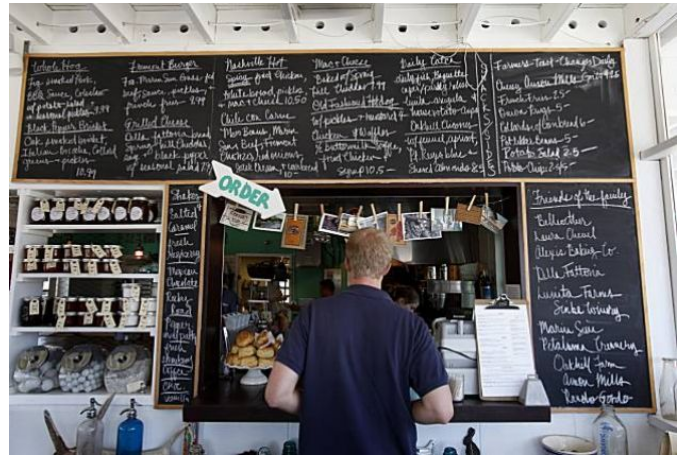
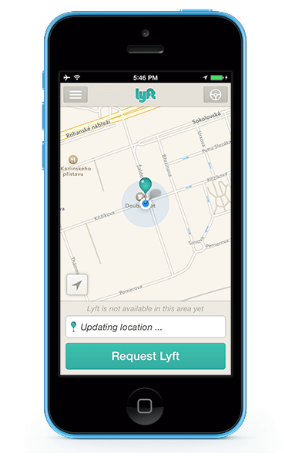
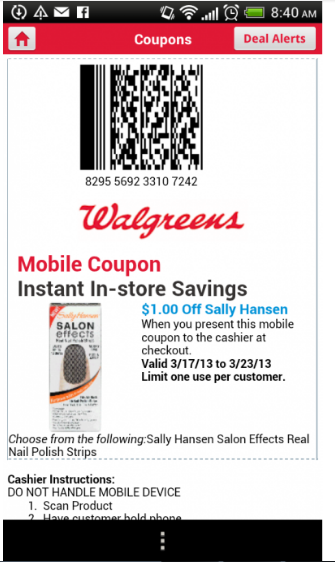
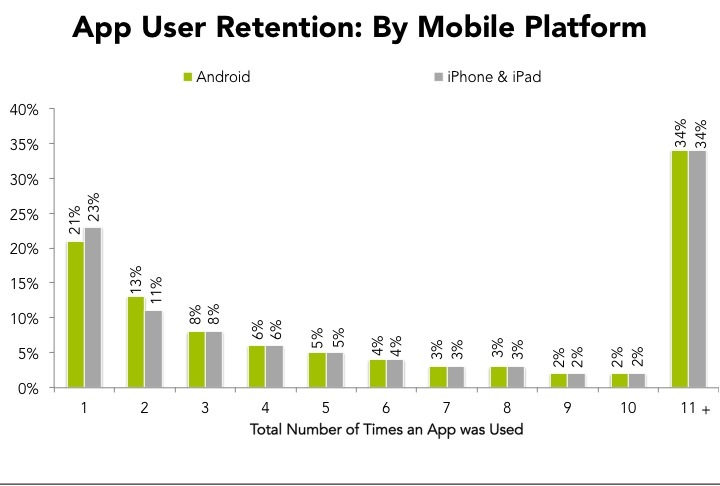
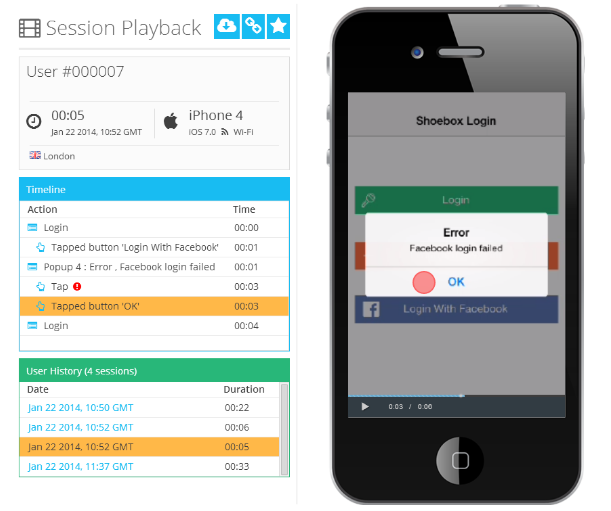
Leave a Reply